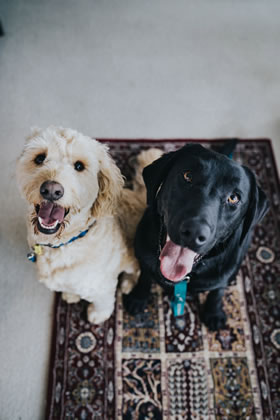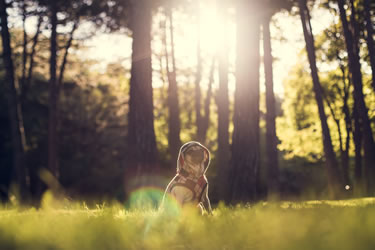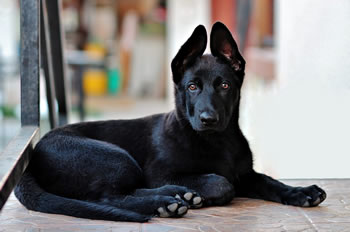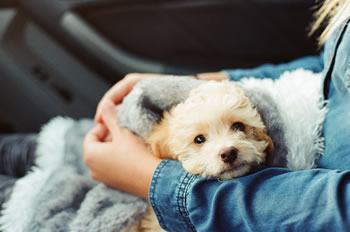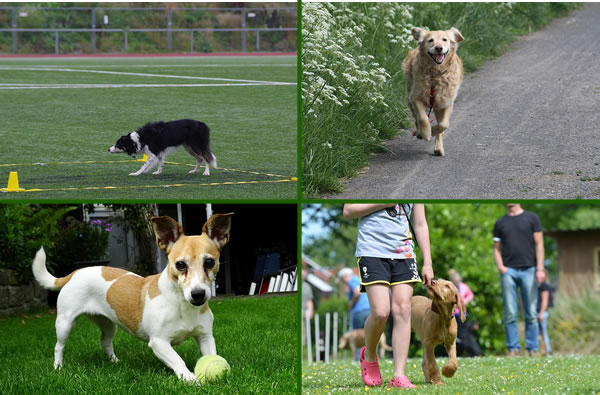Contribution from freelance writer Sally Writes
According to The Humane Society of the United States, 72% of renters have pets, yet finding and keeping rental housing is one of the main reasons pets end up in shelters. When you have to move, many renters find that looking for accommodation that welcomes your furry friend is one of their leading anxieties. Here is some advice on renting when you have a dog.
Know where to search
Pet friendly apartments are definitely out there, you just need to know where to look. The key is to start looking early and search smart. Reach out to your local pet community for recommendations, and use pet friendly filters on apartment listing sites.In addition, if you are choosing a new city to live, bear in mind some have a more pet friendly reputation than others. Real estate listing site Trulia researched which areas were most accommodating to animals on their listings and confirmed that San Francisco and Dallas are pet friendly cities.
Open up a dialogue with your potential landlord
Good communication can be the key to finding a pet friendly apartment. Be ready to discuss the good qualities of your dog and consider writing a pet resume to showcase their good qualities. Landlords are human and often open to negotiation. They may be willing to make exceptions even if they didn’t advertise a pet friendly property.That being said, you should never sign a lease that says ‘no pets’ as you then lose most of your legal protection if your pet is asked to leave.
If you are really concerned, some people try to find a landlord from their friends or acquaintances; a family let can be a good solution because your landlord will likely know your dog and its behavior as well as trusting you as an individual.
Service dog?
It must be noted that the rules are different if your pet is a service animal. This is because the Fair Housing Law protects against discrimination on grounds of disability. Your potential landlord can not violate your house rights if you require a dog for your wellbeing. Expect to be asked to verify the need for your assistance dog, so prepare your doctor’s letter.
While renting with pets is undoubtedly more hassle than moving pet free, it is definitely possible to find a place that is both right for you and your dog. Start early, utilize the internet, your connections and communications skills, and your new home will be just around the corner.

